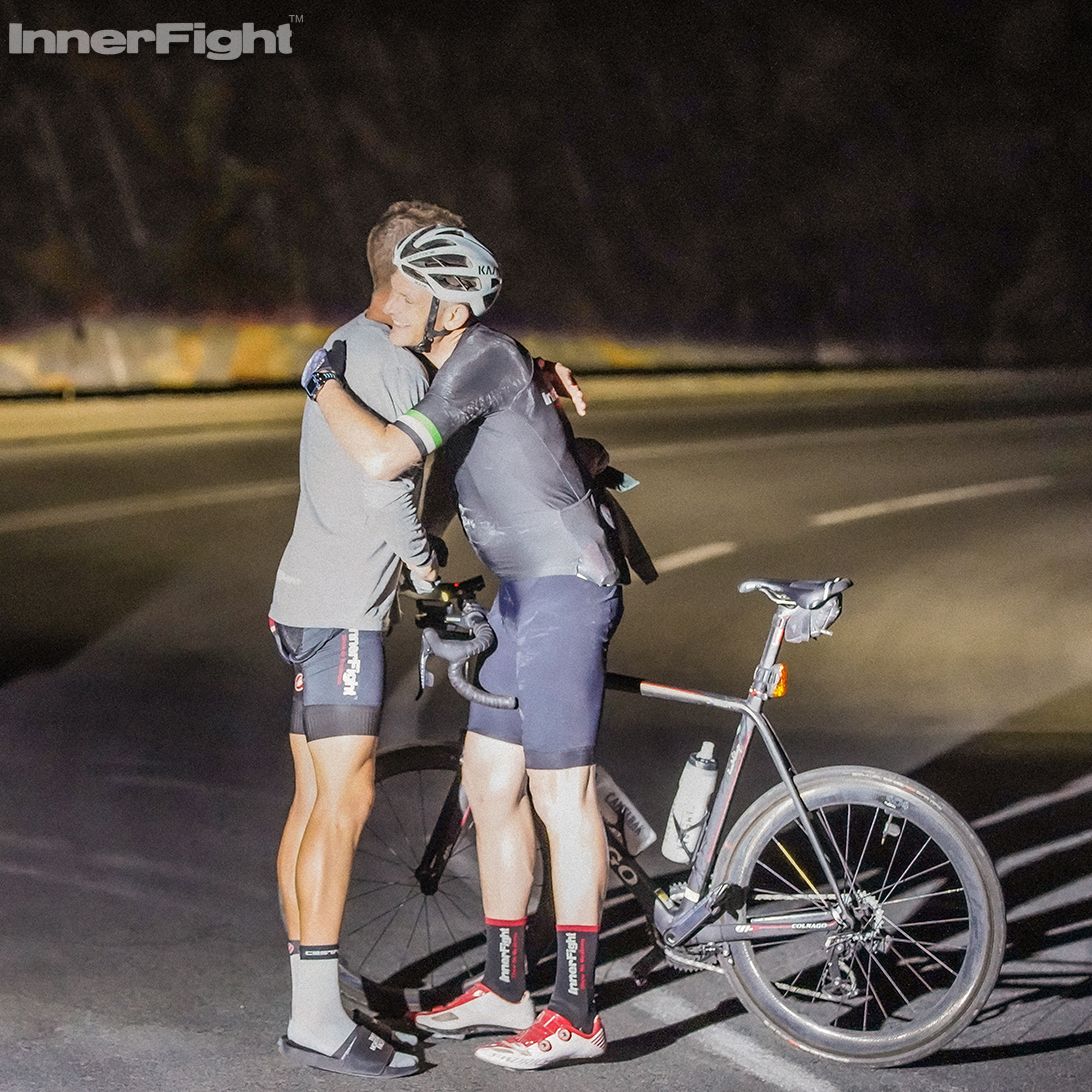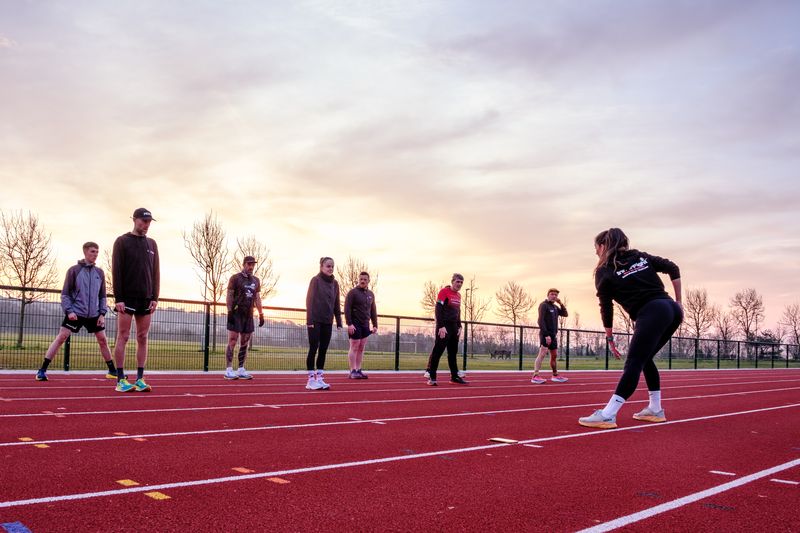Hydration and Electrolytes for Long Races
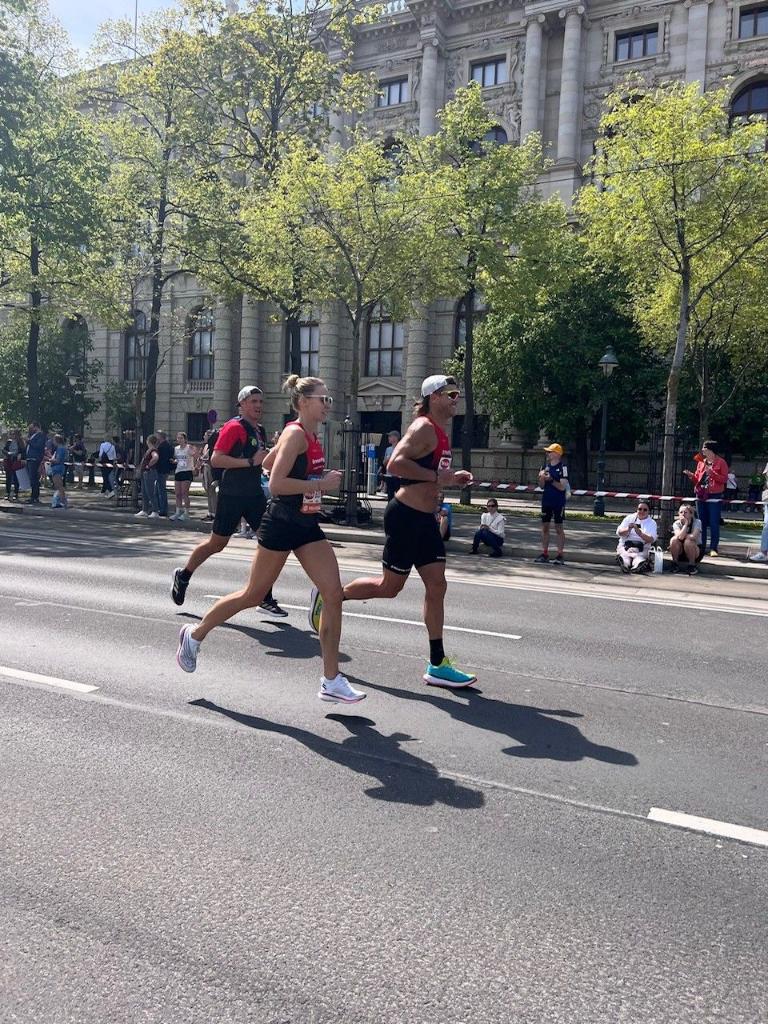
Managing Hydration and Electrolytes for Long Races
You've trained for months, and you're ready to crush your race. Then at kilometre 30, your legs cramp, your head pounds, and you're walking when you should be flying. Athletes can lose months of hard training to the one factor they overlooked: proper hydration and electrolytes for long races.
The difference between a breakthrough performance and a DNF can be crucial decisions about what, and when, to drink. And, with the right approach you can sustain performance by stayed well hydrated.
At InnerFight, we help athletes thrive, which includes in extreme conditions. We help you plan your race from every possible angle, which includes your fueling, pacing, and hydration strategy. Don’t let the details derail your race!
Fluid Dynamics and Physiology
When we talk about hydration and electrolytes for long races, we're really talking about your role in manually managing multiple critical functions while under significant physical stress:
- Thermoregulation – cooling the body to optimal temperature for enzyme function
- Circulation – delivering oxygen to working muscles whilst removing waste products
- Bioelectricity - maintaining ionic gradients for nerve impulses and muscle contractions
Fluid balance becomes more challenging as race duration increases - understanding this gives you a lot more control over your race. Effectively managing your fluid intake can contribute to determining whether you can maintain power output, or hit the wall.
How Your Body Handles Fluid Loss
Your sweat rate can vary dramatically - anywhere from 0.5 to 3 litres per hour depending on:
- Fitness: trained athletes sweat more efficiently
- Size: larger bodies have higher absolute sweat rates
- Environment: heat, humidity, altitude, and wind impact
- Intensity: more effort equals more metabolic heat
- Acclimatisation: adapted athletes lose less sodium
Heat-acclimatised athletes are more efficient at cooling - producing more sweat at lower body temperatures, and conserving more electrolytes. This adaptation can improve your heat tolerance by 10-20% and significantly reduce fluid requirements.
Living in a hot country will naturally enhance your heat-adaption, but you still need significant preparation.
Efficiency and Electrolytes
Electrolytes are critical:
- Sodium is your primary concern because you lose 200-2000 mg per litre of sweat, with most athletes falling around 500-700 mg per litre.
- Potassium and magnesium play supporting roles in muscle function and energy production.
The game-changer for effective hydration is understanding that your body adapts. Athletes who train in challenging conditions develop superior blood plasma volume, more efficient sweating patterns, and better electrolyte conservation.
Climate-Specific Challenges
Optimising hydration and electrolytes for long races is specific to the conditions of the race, which is why we recommend training in race-like conditions. To accurately understand, and measure, how well your body performs when faced with the specific pressures you’ll encounter:
Hot and Humid Conditions: Sweat can’t evaporate, core temperature rises faster, heart rate climbs higher, and perceived exertion skyrockets – you lose fluids and electrolytes at an accelerated rate.
Cold Weather Racing: Cold conditions present unique challenges including increased respiratory fluid losses, reduced thirst sensation, and the tendency to under-drink when you don’t feel hot.
High Altitude Events: Altitude increases fluid losses through increased breathing rate and higher urine production. Many athletes underestimate hydration needs during mountain races, leading to performance decline even in cool conditions.
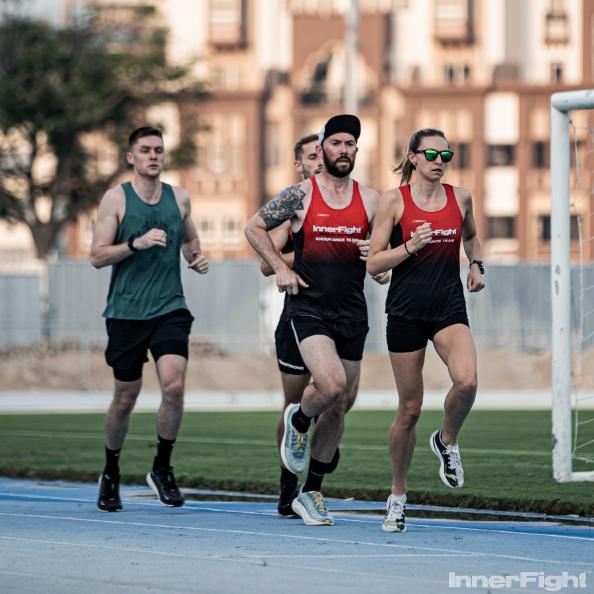
Your Personal Hydration Needs
Understanding your sweat rate is crucial for mastering hydration and electrolytes for long races. Simply weigh yourself before and after a run to gauge fluid loss.
The Sweat Rate Formula
1. Weigh yourself before exercise
2. Exercise for 1 hour at race intensity
3. Weigh yourself immediately after
4. Record fluid intake during the session
Formula: (Pre-weight - post-weight in kg) × 1000 + Fluid consumed in ml = Hourly sweat rate in ml
Example: Lost 1kg + drank 250ml = 1,250ml per hour sweat rate
Environmental Impact Factors
Here’s where planning your hydration and electrolytes needs to get technical and specific - environmental factors dramatically impact your needs and numbers:
- Temperature above 27°C: Sweat rate increases 50-75%
- Humidity above 60%: Further reduces cooling efficiency
- Wind conditions: Can increase or decrease fluid losses
- Altitude above 2,400m: Increases respiratory fluid losses
Direct sunlight: Adds radiant heat load
Hydration Risk Management
Don’t aim to replace 100% of fluid losses during exercise - this increases your risk of hyponatremia. Optimal performance occurs when replacing 60-80% of fluid losses, allowing for natural dehydration of 2-3% body weight without performance decline.
Hyponatremia is when blood sodium concentration gets too low. Excess water without electrolytes dilutes the blood, reducing the relative amount of sodium. It’s not dehydration, it's overhydration with insufficient electrolytes, and can be life-threatening if severe.
Symptoms Progress From:
- Mild: Bloating, headache, nausea
- Moderate: Confusion, vomiting, muscle cramps
- Severe: Seizures, coma, death
Why It Happens:
- Drinking too much plain water (dilutes blood sodium)
- Following outdated "drink as much as possible" advice
- Longer races - more time to over consume fluids
- Slower athletes - spend more time drinking at aid stations
Ineffective or uncalculated hydration strategies
Prevention is simple: don't drink plain water exclusively, you need electrolytes. You are the best to calculate what you need, based on real-data, about YOUR body, in conditions that mimic the specific race.
Your Unique Hydration Strategy
Beyond 60-90 minutes of exercise, your electrolyte replacement strategy becomes the determining factor in maintaining performance. Test your sweat rate in different conditions during training. Hot, dry conditions produce different losses than humid environments. Cold weather, wind, altitude, exercise intensity, and even what you ate beforehand all influence your fluid requirements.
Pre-Run Performance Planning
Your strategy starts well before you lace up your shoes. Chugging water the morning of your race is ineffective, and potentially dangerous. Optimising hydration and electrolytes for long races requires systematic preparation.
Consider sweat rate calculations when planning pre-race nutrition. Higher sodium intake during your pre-race meal can provide additional buffering capacity. Foods like bananas and salted nuts can contribute to your electrolyte preparation.
Electrolyte Requirements
Electrolyte needs are personal - they depend on your sweat sodium concentration. What you drink needs to roughly match what you're losing in sweat. Most athletes need 500-1,000mg sodium per litre, but some lose over 2,000mg per litre of sweat. Signs you're a "salty sweater": white crusty marks on kit, sweat stinging eyes, craving salt during/after exercise.
The key is finding what works for you, and test options during training, not on race day. Many commercial sports drinks fall short of sodium targets, so read labels (consider supplementing with electrolyte tablets to hit your optimal range).
Carbohydrates serve a dual purpose in your hydration strategy. Glucose molecules ‘pull’ sodium and water across the intestinal wall 40% faster than plain water or electrolyte-only solutions. The carbs in your drink are crucial for fluid absorption.
Sodium is 90% of your electrolyte losses - the other minerals matter but in much smaller amounts. Focus on getting your sodium concentration right first.
InnerFight Founder, Marcus Smith, talks in depth about electrolytes with hydration expert Andy Blow (Founder of Precision Hydration) in this hot and sweaty episode of the InnerFight Podcast.
Climate-Specific Pre-Race Strategies
Planning your hydration and electrolytes for long races needs to be climate specific - this is elite- knowledge that can give you an extra competitive edge.
Hot Weather Preparation: Practice in the heat and pre-cooling dramatically improve your heat tolerance. Drinking cold fluids (around 4°C) in the 30 minutes before your race can lower your starting core temperature by 0.3-0.5°C - giving you more thermal capacity (consider ice-slurry ingestion!).
Cold Weather Considerations: Focus on starting well hydrated since thirst sensation is reduced. Warm fluids can help maintain core temperature and provide the electrolytes and fluids you need.
During the Race
This is where preparation pays off and where athletes either nail their hydration and electrolytes for long races or completely fall apart. Your fluid strategy needs to be as precise as your pacing plan.
Strategic cooling at aid stations - pouring water over your head and neck - can provide temporary relief. But, internal cooling through fluid replacement is far more effective for sustained performance.
Fluid Intake Guidelines
Base Recommendations:
- 400-800 ml per hour - adjust based on sweat rate and conditions
- Start early - begin drinking within first 15-20 minutes
- Small, frequent sips - rather than large volumes at once
- Cool fluids when possible - empty from stomach faster
Warning Signs to Monitor:
- Dark urine - suggests dehydration
- Clear urine - might indicate overhydration
- Muscle cramping - possible electrolyte imbalance
- Dizziness or nausea - fluid/electrolyte issues
Weight gain during race - dangerous overhydration
Post-Run Recovery
The first 30-60 minutes post-exercise is a critical window for optimising your recovery.
Immediate Recovery Protocol
- The 1.5x Rule: Consuming 1.5 times the weight lost during your run
- Lost 1kg? Drink 1.5 litres over the next few hours
- Accounts for ongoing losses - breathing and continued sweating
- Include electrolytes - your sodium debt needs replenishing
- Spread rehydration over 4-6 hours post-exercise
- 150-200 ml every 15-20 minutes until replacement target hit
Monitor urine colour as guide to rehydration success
Recovery Nutrition Integration
Consider food as part of your recovery strategy for hydration and electrolytes for long races:
- Water-rich fruits - watermelon, oranges, grapes
- Hydrating soups - provide sodium and fluid together
- Smoothies - blend fruit, yoghurt, and electrolyte powder
- Coconut water - natural electrolytes and potassium
Experiment during training so that come race day nothing is left to chance. Find your unique fluid needs!
Treat effective hydration and electrolytes for long races as a skill to be developed, not a problem to be managed. Understand your sweat rate and sodium needs; practise race-day strategies; and adapt to the environment.
InnerFight coaches understand the nuances of hydration and electrolytes for long races to maximise your unique physiology.
Environmental tolerance is trainable, and electrolyte efficiency improves with practice. Transform challenging conditions into your competitive edge. Master your hydration strategy and unlock the extreme performance you've been chasing.
About InnerFight
InnerFight is a premier fitness and endurance coaching company based in Dubai. Whether you’re a busy professional seeking peak performance or an athlete pursuing ambitious dreams, InnerFight offers a supportive community where hard work, honesty, and simplicity drive extraordinary results.
We share insights, advice, tips and success stories to empower your fitness journey:
- The InnerFight Podcast features fitness, mindset, and personal stories
- The Endurance Podcast covers running, cycling, and triathlon training
- The InnerFight Blog delivers expert articles from certified coaches
Follow us on LinkedIn, Instagram, Facebook, and X for weekly motivation, training tips, and behind-the-scenes content from our Dubai community and international training camps.
If you’re based in Dubai, visit our 5,000 square foot facility to experience our world-class strength and conditioning classes, personal training, and endurance coaching. Receive 3 free sessions to experience our approach firsthand.
Fun - Honesty - Simplicity - SMASH LIFE - Mental Toughness - Hard Work


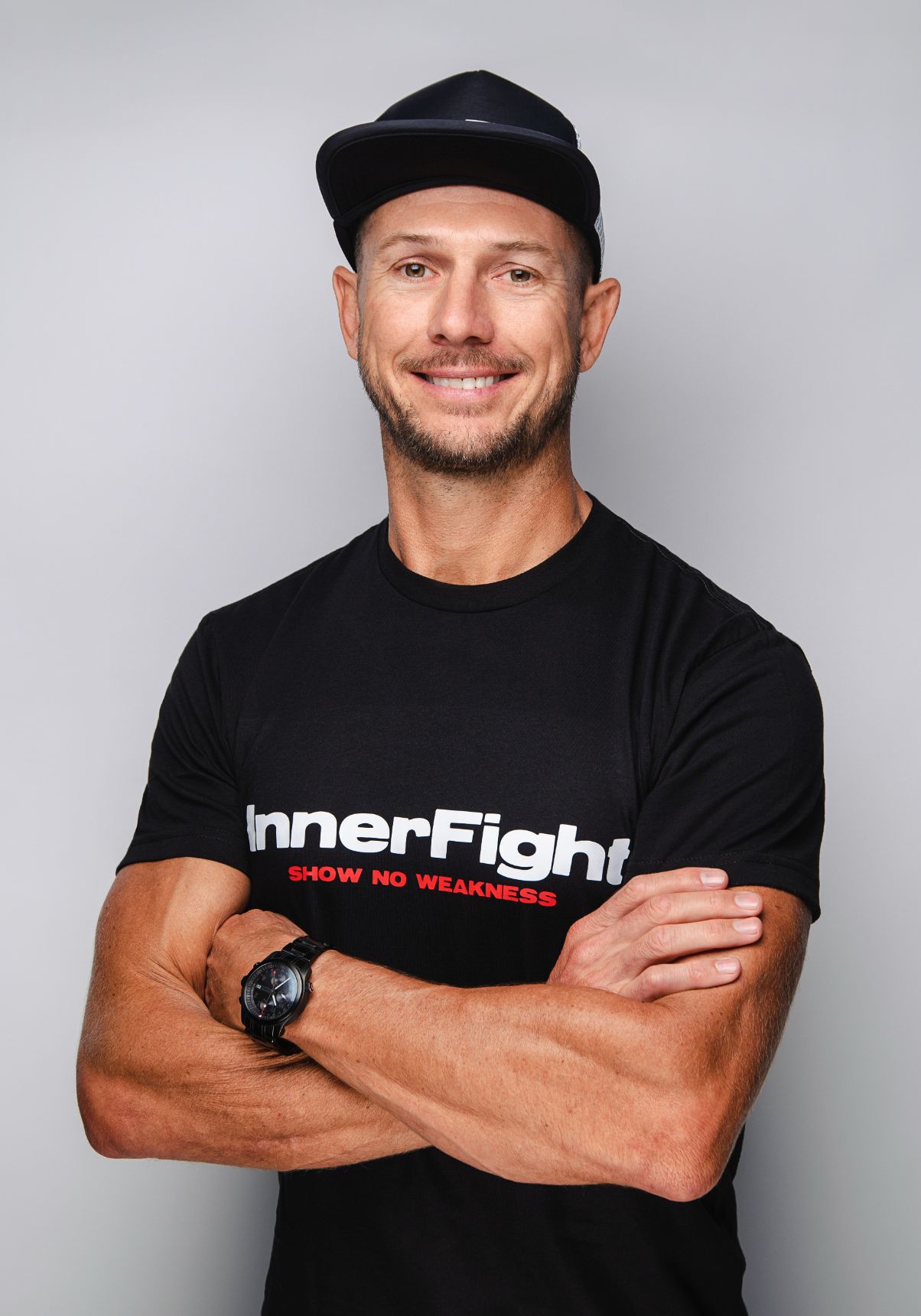

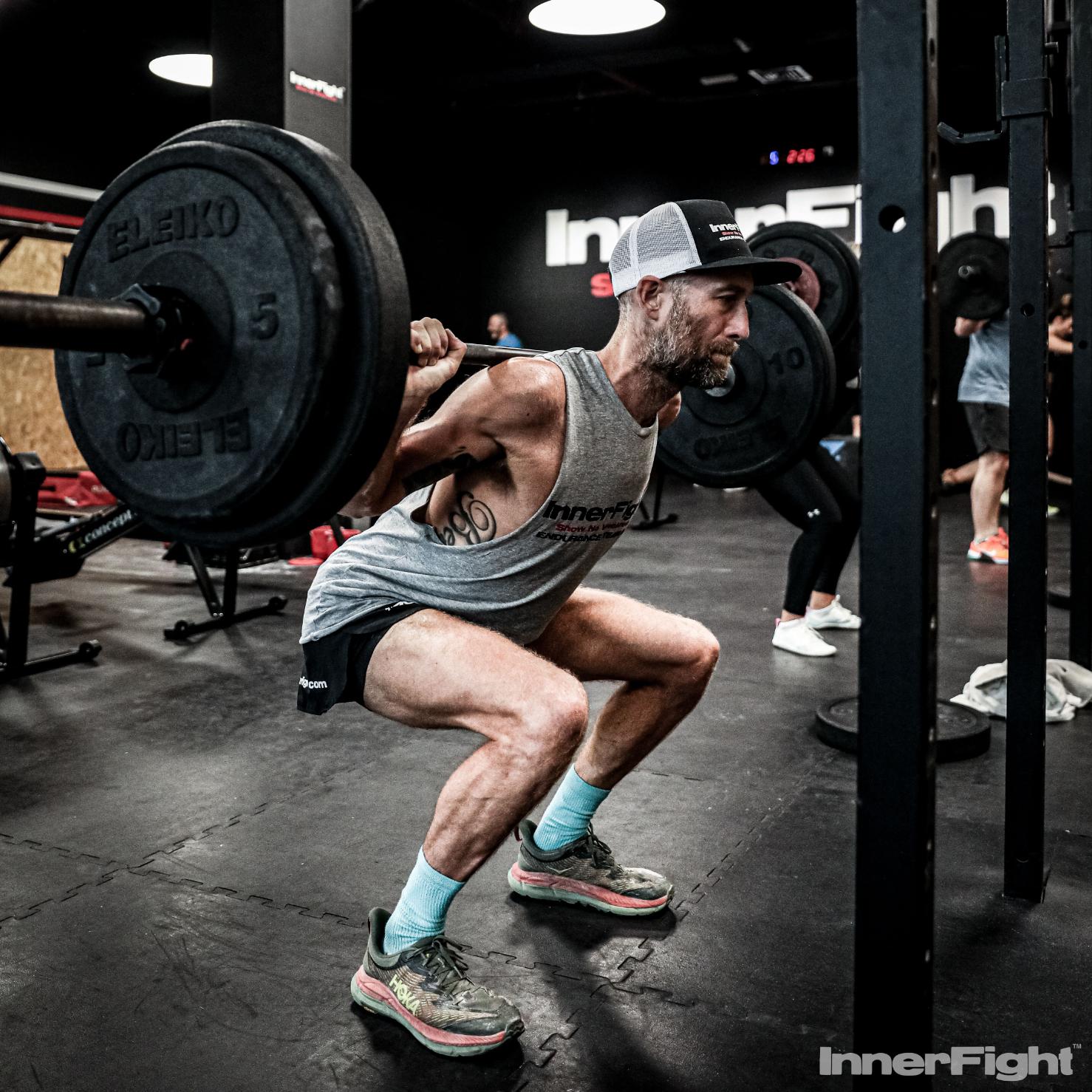


.avif)
